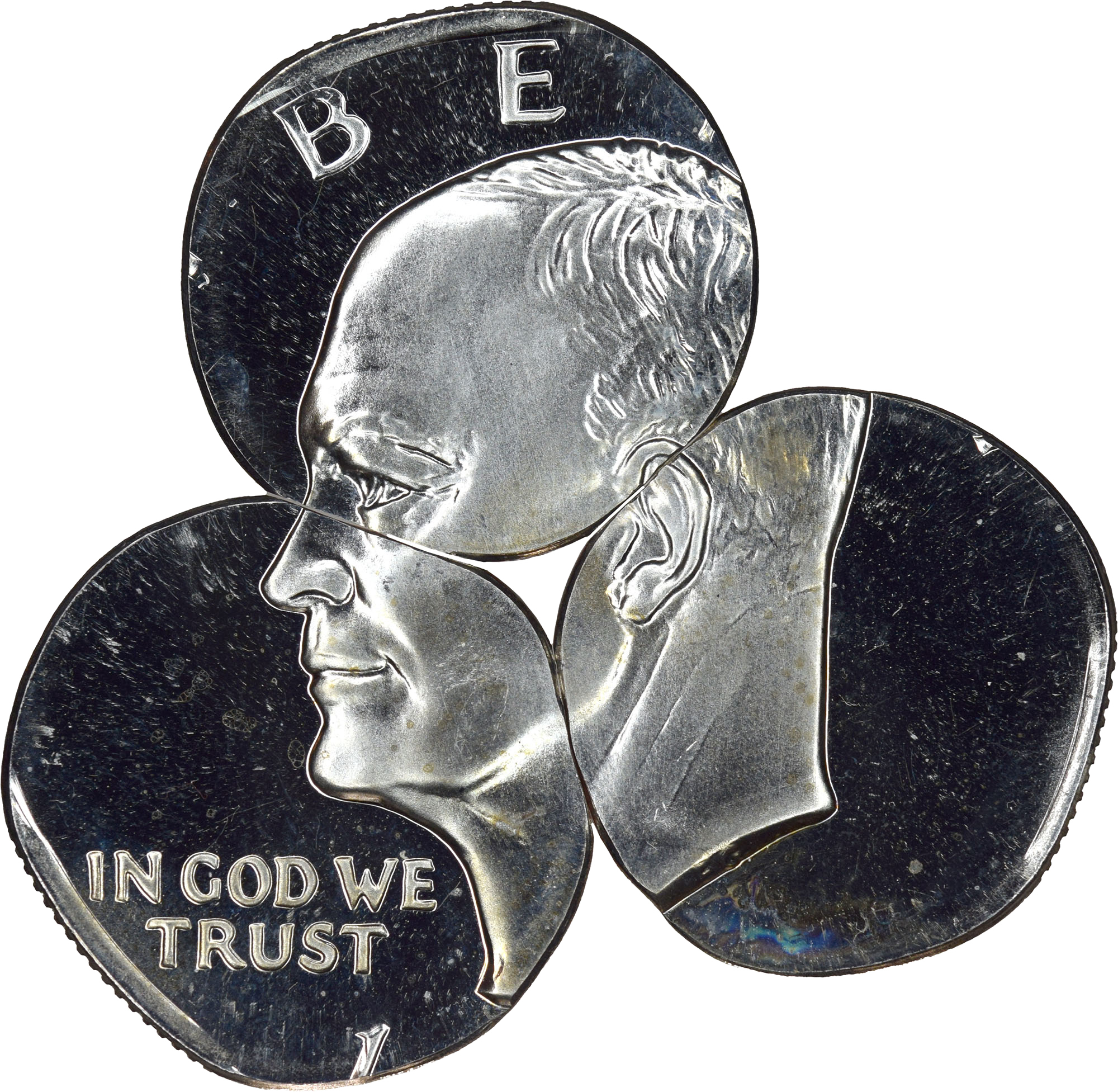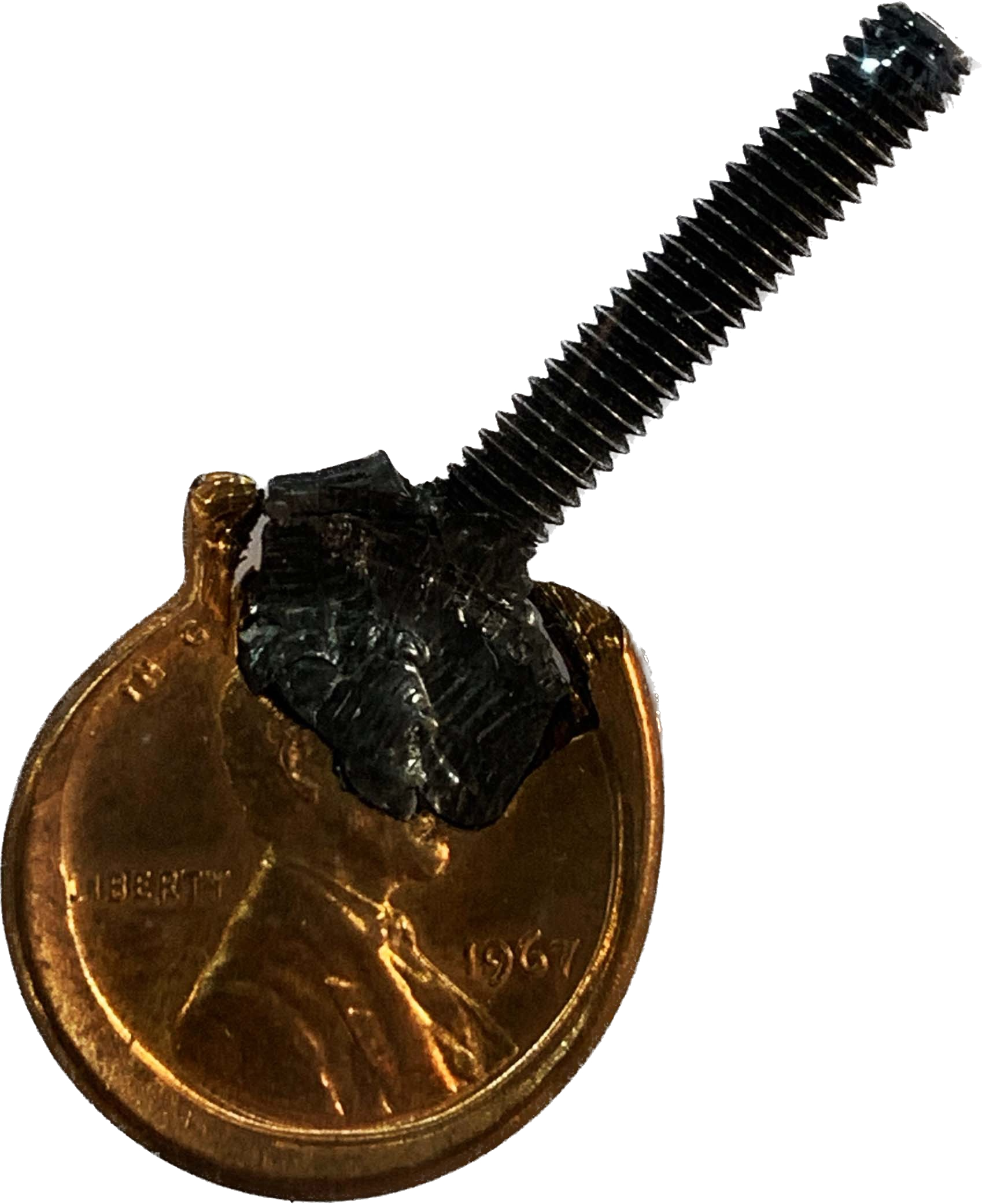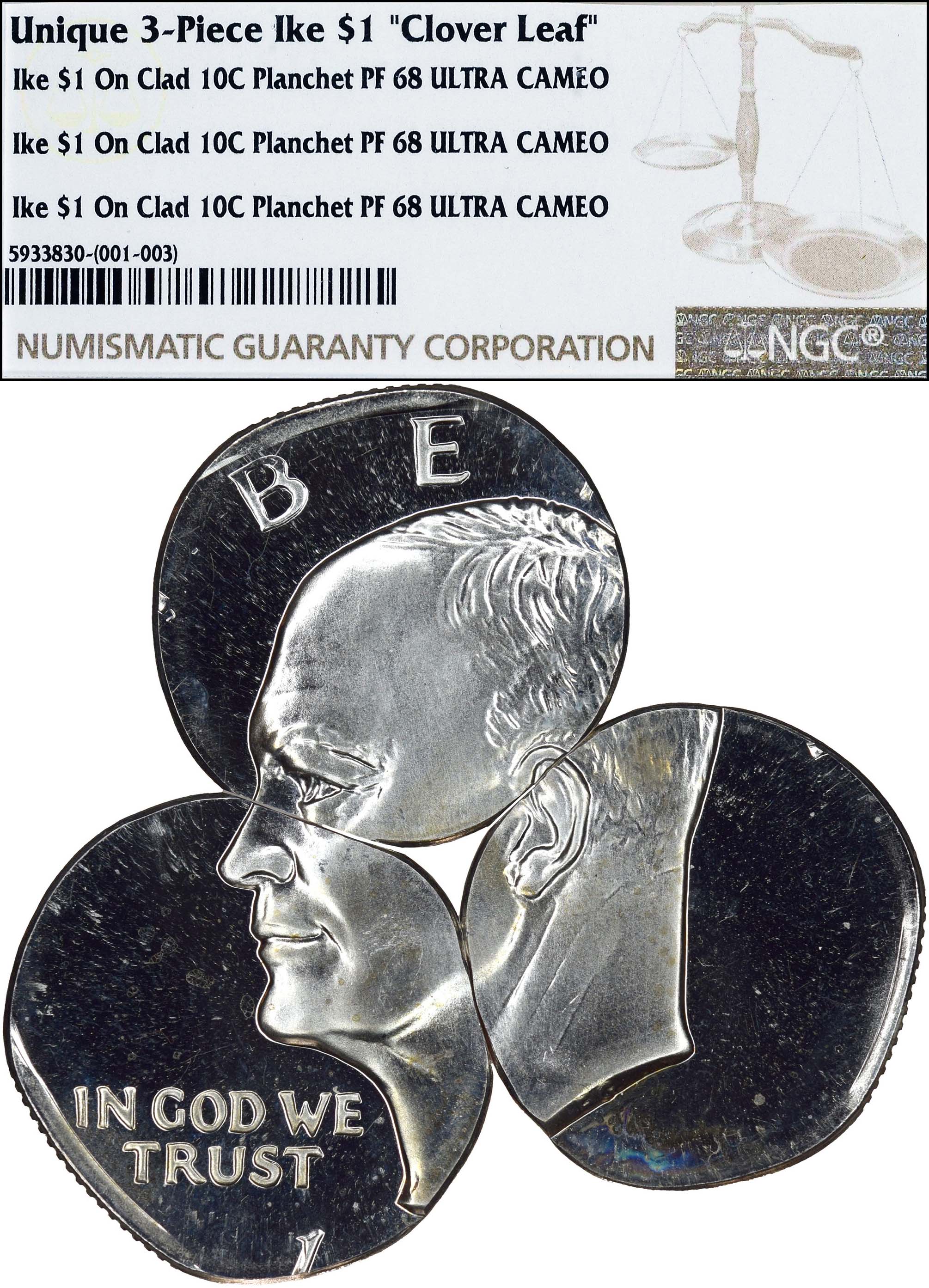Glossary
CategoriesBonded CoinsBroadstrikes Brockages Counterbrockages Die Adjustment Strikes Die Caps Die Trials Double Denomination Double/Multiple Strikes Dual Countries Dual Mint Marks Essay Trial Strikes Experimental Blanks Experimental Strikes Experimental Surface Feeder Finger Strikes Foreign Coins Struck on U.S. Planchets Galvanos Gold Die Trials Gold Errors Gold Off-Metals Hub Trials Indents Intentional Errors Martha Washington Test Pieces Mated Pairs Mules Multiple Errors Off-Centers Off-Metals Overstrikes Pattern Die Trials Pattern Errors Pattern Mules Plaster Models Platinum Errors Proof Errors SMS Mint Errors Specimens Spectacular Errors Struck Scrap Struck Thru Transitional Errors Two-Headed Coins Two-Tailed Coins Uncancelled Dies Uniface Die Trials Unique Coins |
  Intentional ErrorsIn the early 2000's, a group of several hundred U.S. error coins were found in a safe-deposit box. Fred Weinberg purchased this group which included coins struck for proof sets and also coins struck for circulation. This group was auctioned by the California State Controller's Office of Unclaimed Property. The U.S. Secret Service inspected and released this collection to the State of California determining that it was legal to own. The State of California then auctioned the collection and the rest is history. Another example of U.S. error coins escaping the Mint occurred in the 1970's. A hoard of proof error coins were smuggled out of the San Francisco Mint inside the oil pans of forklifts that were being serviced outside of the Mint. This topic was discussed in the June 6, 2022 Issue of Coin World, which covered Fred Weinberg's account of this story. The Coin World Managing Editor concluded: Obviously, the marketplace accepts these coins, and some collectors are happy paying thousands of dollars for coins that show every indication of having been created through illegal means. In Episode 11 of the PCGS video series Slab Lab, Seth Chandler interviews Fred Weinberg. In part 2 of the interview, Fred explains in detail why mint errors that are decades old are not recovered by the U.S. Mint. Fred's recollection of conversations in his office with the Chief of the U.S. Mint Police are extremely insightful and explain why the Mint doesn't attempt to recover error coins from decades ago.
|





